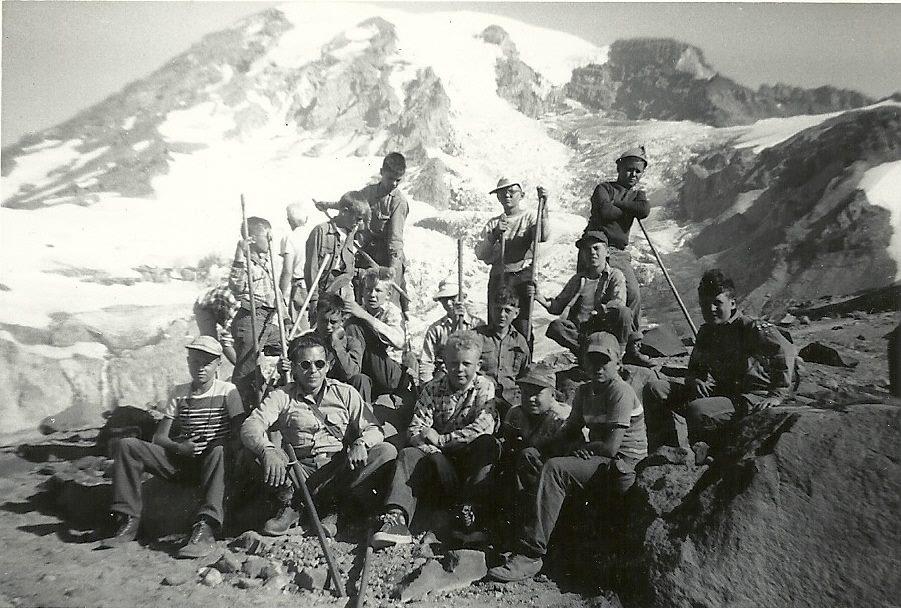By Seán Malone and John Sweetman
When Seán and I talked about this story, the original intent was to reflect our adventures in sailing various boats. Things got out of hand in that Seán had his own darn good story to tell. His boat was a wooden rig ketch of indeterminate age powered by some vintage outboard and likely with much of the rigging being tarred hemp. The only navigational systems were a compass and old charts, plus a lead line for depth advice.
Can any of you imagine setting forth without GPS, a depth sounder, and a radio? Cotton sails, complicated lines, and all, and yet he managed to successfully navigate the San Juan passages, and later the complex Canadian islands. Listen to his story, and next month we will recount our repeat of the 1843 Wilkes survey of inner Quartermaster Harbor.
Tale from the sea: I looked over the stern of our 28-foot “gaff-rigged” ketch. They say that schools of dogfish follow a boat to bring bad luck. While I thought that they were waiting for scraps to be thrown off the stern, their dedication to life’s needs doesn’t deny their reputation for bringing bad luck, which goes back 100,000 years or more.
There must have been a dozen dogfish. I was going to be very careful. The wind was coming up and we were south of San Juan Island, entering one of their famous riptides. Maggie and I shortened the sail. I got into my rain gear and started to go forward to retrieve the jib sail, while Maggie stood by the rudder to navigate us through the six- and eight-foot rips.
I was wrapped around the bowsprit as a wave crashed over the bow, and I was driven under the water. As the bow rose out of the wave, I grabbed a snaffle or two, releasing the sail from the guywire. The handrails secured to the top of the cabin gave enough support as another giant wave cascaded over the bow. I made it to the cockpit. We dropped the mainsail and motored up the east side of San Juan until we found Friday Harbor and anchored there.
Tale from the mountain: I was 18 years old and looking for a summer job when my father told me to call Jim Smith, his business associate. Jim had a contract with the Forest Service to build a trail with a 24-inch tread between Hopkins Pass and the Canadian border, a five-mile section of the Pacific Crest Trail system, which stretches from the Mexican border to British Columbia. Jim offered me a job at $3.50 per hour, which was good for an 18-year-old in the 1950s. I didn’t tell Jim that I was packing two black eyes, a different story.
Mom drove me to the Pacific Crest Trail where it crosses the North Cascade highway at Ross Lake. It was a 16-mile hike to Hopkins Pass, the contractor’s base camp. I had my pack, my fishing pole, and my 120-pound Labrador, Mike. I was halfway there when Charlie, the packer came up behind me with his pack-team of horses and offered me a ride to camp.
We had two Franks in camp, Frank O’Brien was my tentmate and Frank Martin was the disgruntled old cook and powder monkey. We worked 6 days a week building trail. Every day, the hike to and from the trail became longer by 400 feet. The Forest Service employees, working in ten-man crews, were only expected to build 80 feet per day.
On Sunday, I went hiking and climbed Three Fools Peak. I took a stick of dynamite and a fused cap with me. When I got as far as I was going to go, I set off the stick of dynamite, signaling to the camp that I was returning. Upon returning, Frank, the mean old cook, told me that I hadn’t climbed Three Fools Peak because I wasn’t gone long enough. I got so mad that I split a stack of firewood five-feet high as the old cook laughed to himself in the background.

